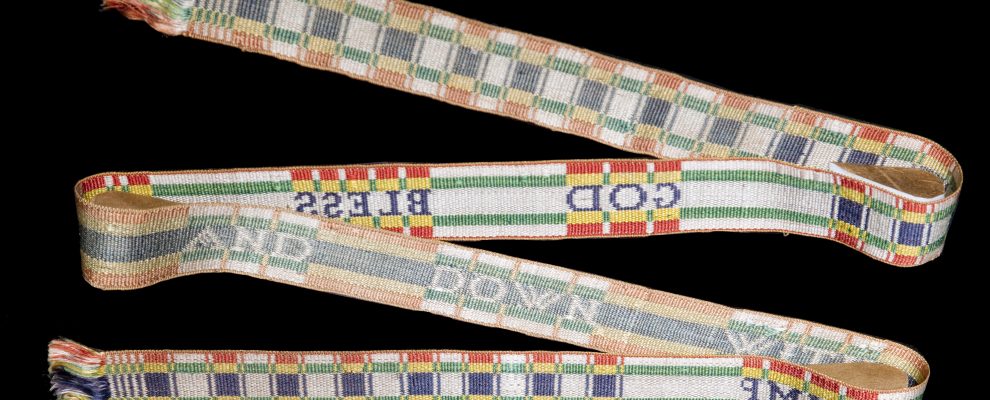In the atmosphere of fear, suspicion and treachery that surrounded the Jacobite rebellions, where a high price was exacted by the state for loyalty to the Stuart line, it was necessary for Jacobites to live in a secret world in which messages of allegiance, whether spoken or expressed through objects, had to be obscured and concealed. Thus an everyday object might present an innocent exterior to casual scrutiny, but hide its true Jacobite message within, accessible only to those who possessed the key to its true nature. Snuff boxes with lids and jewellery such as rings and pendants with carefully hinged openings were ideally suited to this purpose. Only when opened would they reveal their subversive message of allegiance: often a secret portrait of Prince Charles Edward Stuart, the figurehead and rallying point of the Jacobite movement.
The small and portable nature of many such objects helped ensure their safety, enabling them to be quickly hidden if necessary. They were also often very personal items – jewellery, small boxes or even garters acquired an additional layer of security through being kept close to the individual who carried or wore them. In its ultimate form secrecy was ensured not only through concealment but from the use of codes and ciphers. Intricate coding systems using letters, numbers and symbols were used by the Jacobites to protect their communications from hostile eyes. One such letter sent at the time of the 1745 rising from Traquair House, the seat of the Earls of Traquair who were known Jacobite sympathisers, weaves a numeric cipher and fragments of words together to create an encoded message that remains even today unbreakable.
This secretiveness played an important part in spreading the roots of Jacobite sentiment through the private and domestic realms of the country, enabling allegiances to remain underground and sustaining hopes of eventual success through the eighteenth century and even beyond the decisive defeat at Culloden.

Source: In the Name of the Rose: The Jacobite Rebelleions, Symbolism and Allegiance (Fairfax House, 2013)
